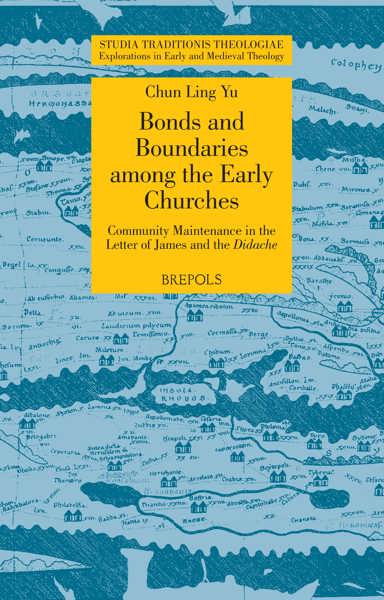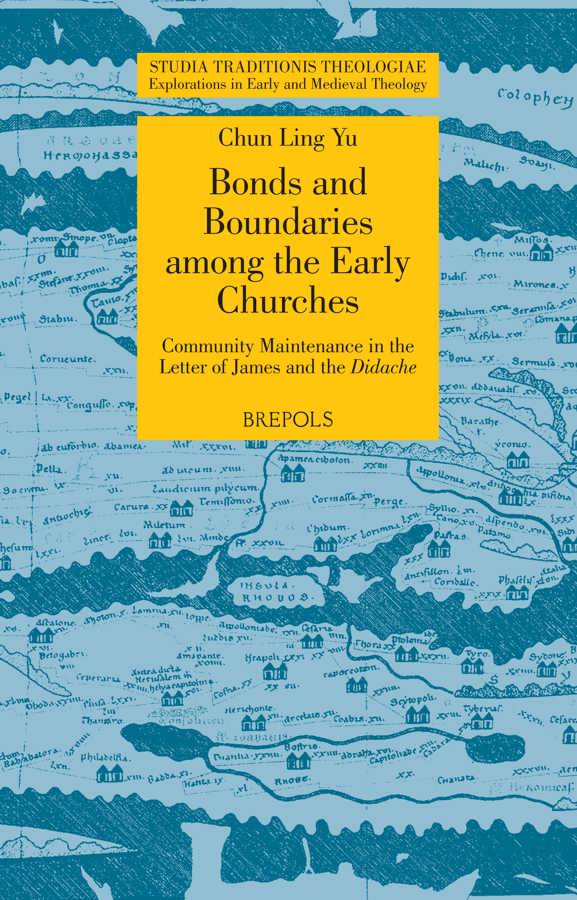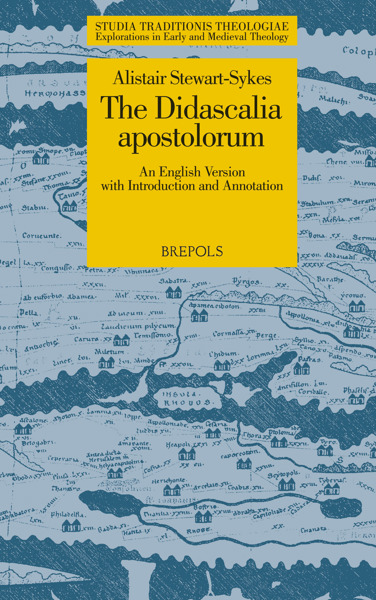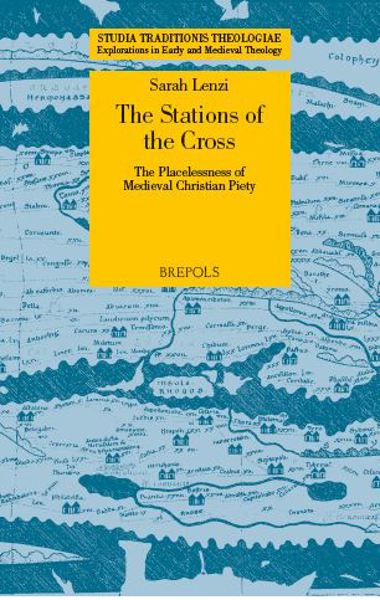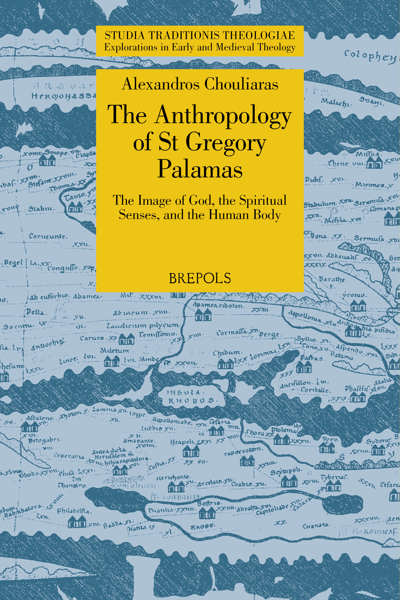
Bonds and Boundaries among the Early Churches
Community Maintenance in the Letter of James and the Didache
Chun Ling Yu
- Pages: xxi + 313 p.
- Size:156 x 234 mm
- Language(s):English
- Publication Year:2018
- € 75,00 EXCL. VAT RETAIL PRICE
- ISBN: 978-2-503-58073-9
- Paperback
- Available
- € 75,00 EXCL. VAT RETAIL PRICE
- ISBN: 978-2-503-58074-6
- E-book
- Available
This book explores the group conflicts within early Christian communities reflected in the letter of James and the Didache, and then analyzes the community maintenance strategies of these two writings. With the tools from social science, it shows that community conflict is an important background for biblical interpretation and the understanding of the early church.
Chun Ling Yu is the director of Theological Education by Extension in the China Graduate School of Theology in Hong Kong. He received a joint PhD degree from the University of Edinburgh and the China Graduate School of Theology in 2017. His research interest is on New Testament studies and early church history.
This book is a text-based study on social dynamics of early Christian communities. By combining modern social-scientific theories with careful exegesis, it investigates the tensions, especially intra-communal tensions that confronted early communities of Jesus-followers. It contributes to both biblical studies and the understanding of the early church by showing that two early Christian compositions, the letter of James and the Didache reflect similar discords among early Christians, and they show similar concerns for community solidarity. It also offers an analysis of their community maintenance strategies with the frameworks of social identity theory and conflict theories. Through observing both similarities and differences between James and the Didache, this book highlights the different perspectives and attitudes of the two compositions on group conflicts and their resolution, and provides new insights into the significance of these two writings for the early church as well as for the Christian communities today.
